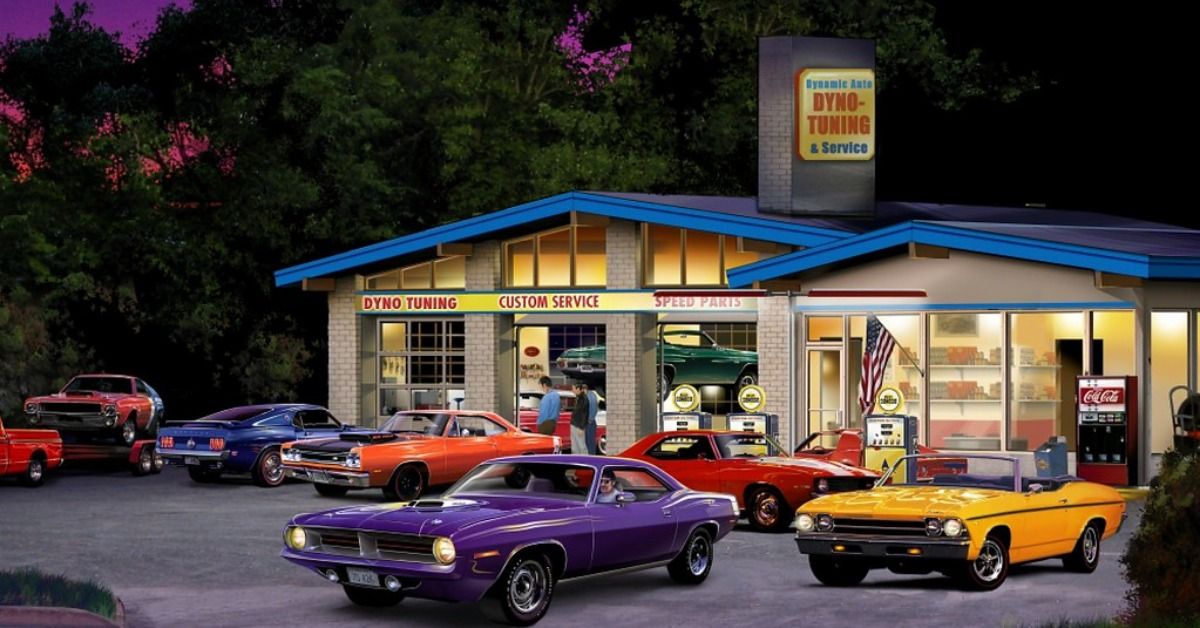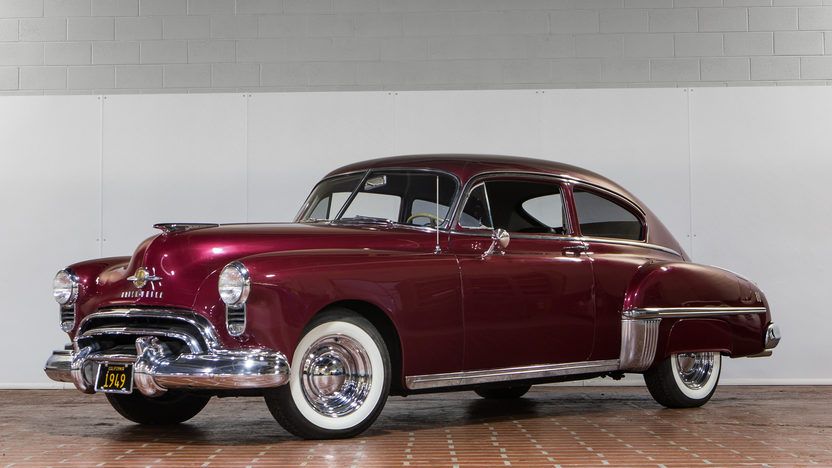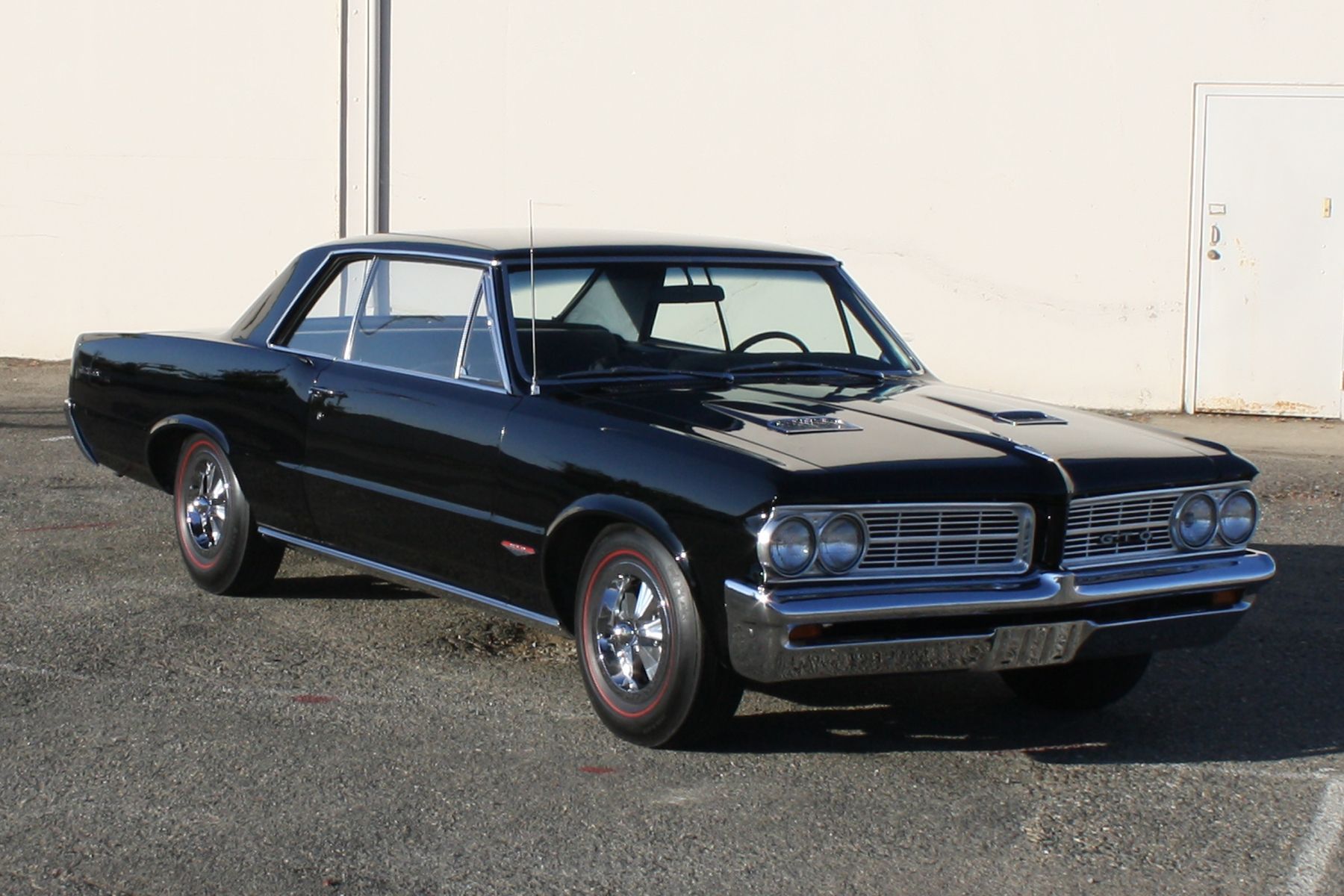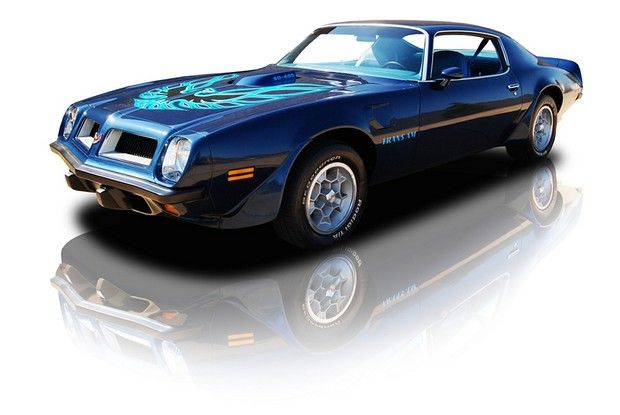You can hardly find a car enthusiast that does not know what a muscle car is. This particular type of automobile's impact on the car industry and the world is beyond definition. Led by companies like Chrysler, AMC, and Ford, muscle cars became the mainstream cars that everyone wanted to own.
Stylish and revolutionary designs combined with next-level performances gave these cars an incredible edge. Car manufacturers started to gravitate towards producing more muscle cars, and even up to this day, they are prevalent, but they are past their apex and no longer at the top of their game even though they've made other-worldly developments.
Let's dive deeper and see when, how, and why this fantastic car type's golden era ended.
How It All Started
The American muscle car, which debuted in 1949, is a vital element of the automobile industry. Oldsmobile debuted the Rocket 88 in answer to the increased desire for quicker vehicles at the day. The Rocket 88 was powered by a higher inventory overhead-valve V8 housed in a light Oldsmobile bodywork. The Rocket 88 was the first vehicle to have a solid V8 powerplant in a more compact and smaller body design.
The Rocket 88 generated 135 HP at 3600 RPM and 263 lb-ft at 1800 RPM and claimed eight of ten events in the 1950 NASCAR series. The Rocket 88's Oldsmobile 303 V8 motor and the Cadillac 331's engine both debuted in 1949 and are considered to have begun the contemporary age of the high-performance V-8.
Prohibition in the 20s fueled the desire for faster vehicles. Moonshiners and bootleggers thought it would be fun to evade cops, so they began altering their automobiles. As time progressed and prohibition subsided, the Southern moonshiners got known for their customized automobiles.
Due to the increased requirement for speed, maneuverability, and load space, the moonshiners modified their vehicles. By the 1940s, these vehicles had evolved to be much more competent. The moonshining industry was not nearly as booming as it had been during prohibition, so moonshiners began sporting their automobiles. These modified vehicles monopolized street racing events, inspiring the Oldsmobile Rocket 88.
The Pinnacle Of The Muscle Cars
1964 was the year the muscle car industry took off and started its golden era. Pontiac introduced the Tempest GTO in 1964, kicking off a new path for muscle cars. GTO stands for Gran Turismo Omologato, or Grand Tourer Homologation, which simply signified the automobile was race-ready. The GTO possessed both the charm and the power to establish itself as a hallmark in muscle car culture.
The Pontiac GTO was attainable to young folks at a modest price of $3,200. Pontiac sold more than six times the number of automobiles expected in its first year. The monstrous Ford Thunderbolt was also launched the same year. It was regarded as hazardous to ride, and despite the fact that only 127 were produced, it is recognized as a superb muscle car.
Competitor automakers, like Chevrolet, created popular vehicles like the Chevrolet Camaro. Diversification came about by creating a muscle car that was very cheap: the Plymouth Road Runner. The automobile firms were starting to lose money after the marketplace was overloaded.
Federal safety and pollution regulations were established in 1968. Because of these influences and restrictions, the industry was put at risk; however, during the late 60s, the muscle car business was in full swing. Everyone was having a lot of fun with the Camaro, Mustang, and Firebird being totally remodeled. The GTO's price decreased, and it was given a completely new design with noticeable hood scoops. The Dodge Charger gained notoriety, and the Daytona variant became a fan favorite for its distinctive wing. By revamping the Camaro and Firebird, GM was able to rejoin the pony car market. In the late 60s, the muscle and pony car industries were thriving, but a fall was unavoidable.
How It Ended
In the early 1970s, the automotive industry underwent a transformation. New emission restrictions were established, and vehicle manufacturers began developing engines that operated on low-lead petrol. In order to fulfill the regulatory guidelines, car manufacturers had to tone down the strong motors of the 1960s. Large, heftier bumpers required by new federal vehicle safety regulations resulted in performance deficiencies. The muscle cars' performance was substantially reduced by these new boundaries.
In 1973, OPEC reduced oil shipments to the U.S., causing a panic in the American market. This was the very first time in U.S. history that an energy crisis had ever occurred, and widespread gasoline shortages created a dramatic increase in petrol prices. Because muscle cars from the late 1960s were seen as dangerous, insurance providers started cracking down on performance automobiles. Combined with inflation, buying a muscle vehicle was becoming much too expensive for the market it was designed for. A lot of Americans felt that it was better for them to acquire tiny, lightweight automobiles.
The more expensive a muscle was, the less demand there was since those who could afford them did not use them due to the lack of performance. For the most part, the insufficient desire for muscle vehicles prompted the discontinuation of most of the big-block automobiles by 1975. Cars that lived were either stock or heavily modified, such as the Plymouth Road Runner. In 1974, just the Firebird and Camaro survived as pony cars. Mustang, once a pony vehicle, turned into a small high-end model.
In the mid-1970s, the Firebird remained a prominent player in the red-hot automobile industry thanks to enhanced performance and an absence of competitors. In the year following Pontiac's improved Firebird sales, Chevrolet reintroduced the Camaro Z-28. Others entered the vehicle industry with an emphasis on looks instead of efficiency. Manufacturers had gotten used to federal restrictions by the late 70s. Mustang's third generation was launched in 1979 with a completely new design and a V8 engine option. Low-torque V8 sales were strong, indicating that performance cars might once again become fashionable. However, America experienced yet another fuel shortage in the same year. All these resulted in the ending of that remarkable run.




